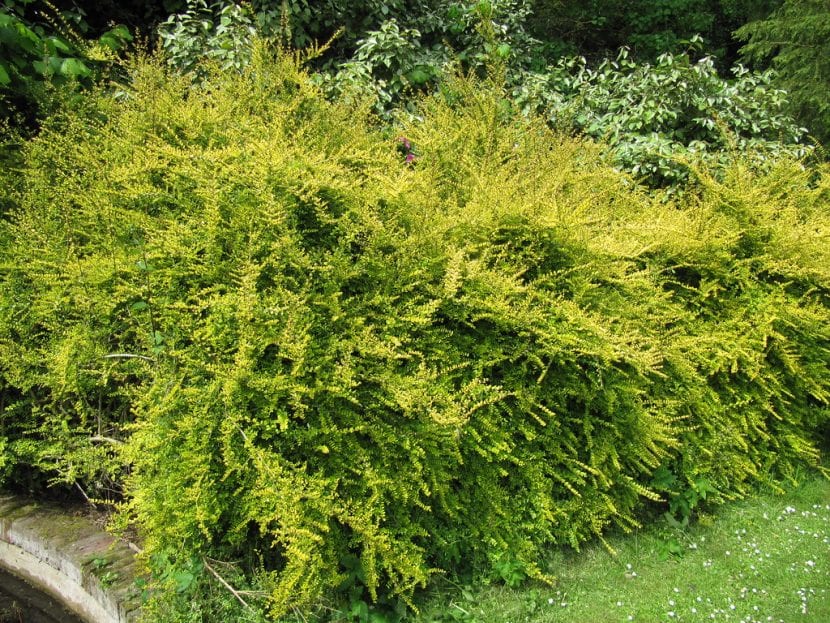
Image - Flickr / Leonora (Ellie) Enking
La Lonicera nitida It is an evergreen shrub of great beauty, ideal to have in the gardens or in pots, since it adapts very well to different locations. Unlike other species of the genus, this one is much easier to give it the shape you want so that it can be had as a shrub plant or as a small tree.
Its maintenance is simpleBoth for those who do not have much experience caring for plant beings and for those who have been doing it for a long time. Even so, we recommend that you follow the advice that we offer below to avoid disappointments.
Origin and characteristics
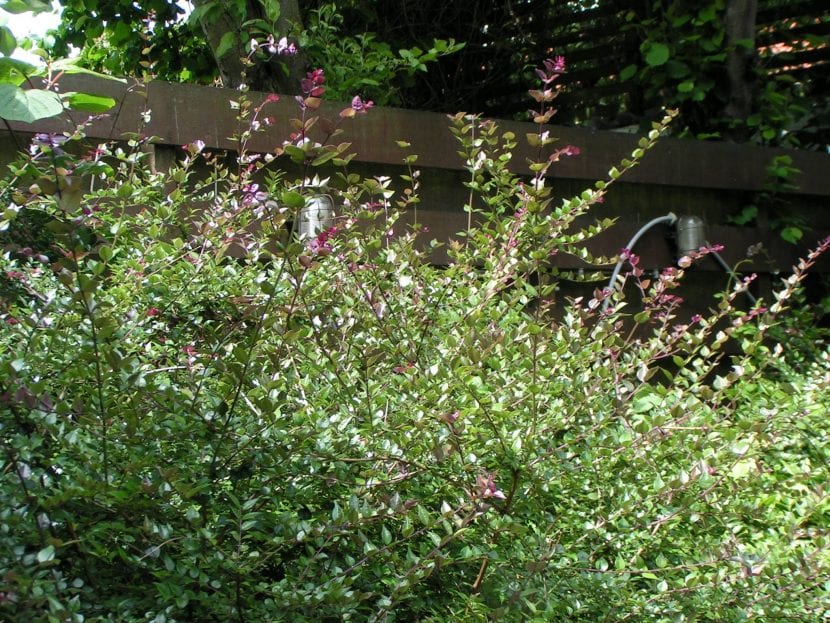
Image - Wikimedia / Vijverln
Known as leaf honeysuckle or Wilson's honeysuckle, is a species of evergreen shrub native to China that reaches a height of up to 2 meters by between 1,2 to 1,8 meters wide. The leaves are small, dark green, and 6 to 16 millimeters long. The flowers, which bloom in late spring, are white, fragrant, and about 6mm in diameter. The fruit is a blue-purple berry, about 6mm in diameter, inedible.
There are different cultivars, such as »Baggesen's Gold" and "Briloni" ("Edmee Gold") that have yellowish leaves.
What are the care of the Lonicera nitida?
The leaf honeysuckle is a very grateful plant, but like all, it also needs certain conditions to be met to be well. These are:
Location
It has to be abroad, either full sun preferably, or part shade. In climates with strong insolation (Mediterranean) it is better that it is somewhat protected from the star king, since otherwise its growth rate may not be as fast as expected.
Earth
- Garden: not demanding. It grows in both acidic and alkaline soils (without reaching extremes), but prefers neutral sandy or silty types, with good drainage.
- Flower pot: you can fill it with universal substrate (on sale here) mixed with 30% perlite (for sale here). By the way, use pots with drainage holes, like this one sold at this link for example.
Irrigation
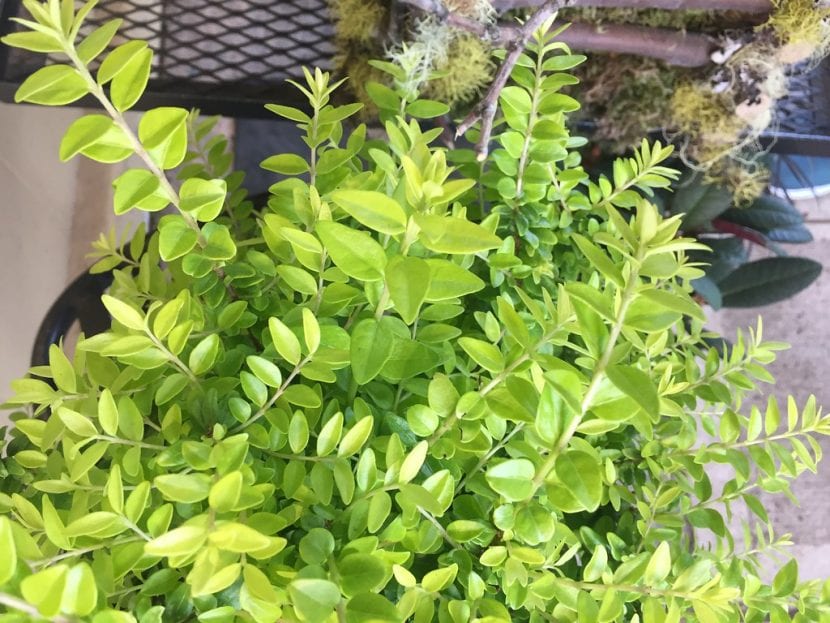
Image - Flickr / MeganEHansen
The frequency of irrigation must be moderate to frequent. It is not necessary to water in excess; In other words, the soil or substratum does not always have to be moist, otherwise the roots would rot, but neither should the plant be forced to go thirsty.
To avoid problems, it is always good to check the humidity of the soil, either with a meter (for sale here) or with the classic stick.
Subscriber
During all the warm months of the year it will be necessary to pay to the Lonicera nitida. Keep in mind how important the water you give it is as well as the »food». No living being can exist for long if it does not have both. So what types of fertilizers to use?
If it is in a pot, liquids such as Tosho Super (for sale here) will be used, but if it is in the ground you can use guano (for sale here).
Multiplication
Leaf honeysuckle multiplies by seeds in winter and cuttings towards the end of that season. Let's see how to proceed in each case:
Seeds
The first thing to do is remove the skin of the berry and clean them well, then place them in a glass of water. Then you just have to fill a pot with universal substrate, water and place the seeds ensuring that they are as far apart from each other, which is why you don't have to put many in the same seedbed either.
Now, cover them with a layer of substrate, water and put the pot outside, in semi-shade.
They will germinate throughout the spring.
Cuttings
You simply have to cut a piece of branch about 30cm long, impregnate the base with homemade rooting agents and finally plant it in a pot with previously moistened vermiculite.
After placing it in semi-shade, you should keep the substrate moist so that it can root in 1 month.
Pruning
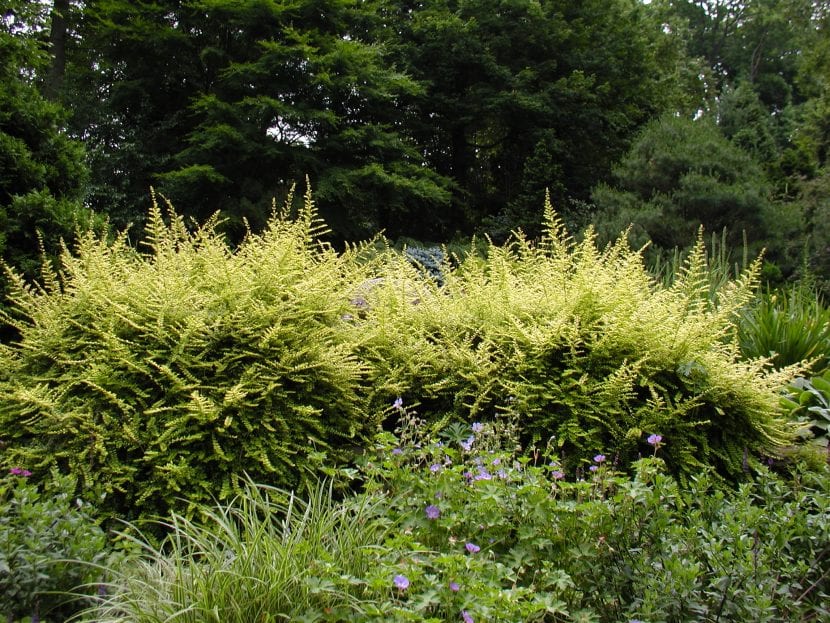
Image - Wikimedia / SB_Johnny
Late winter. Take away the dry, diseased, weak or broken branches ... and unleash your imagination 🙂. Cut out those that you think are getting too long, this will give it a more compact and dense shape.
Diseases and pests
It's very tough. In fact, the thing that can happen the most is that you get sick from fungi ... and only if you water it excessively. If it occurs, it must be treated with fungicides.
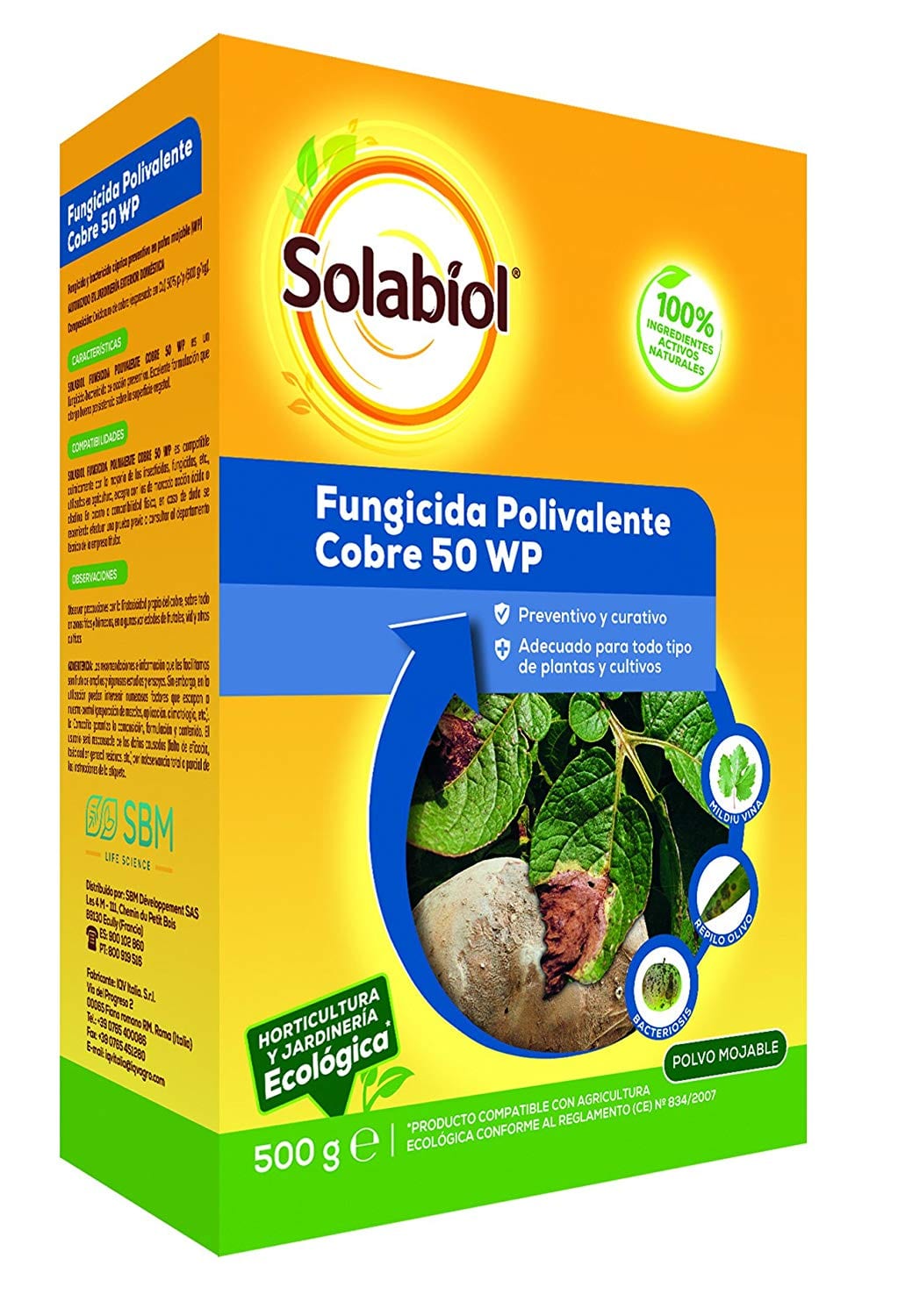
Planting or transplanting time
In spring, when the risk of frost has passed and the minimum temperature is 15ºC or higher, because although it resists the cold, after transplanting and until it roots well, it can suffer damage to the leaves.
Rusticity
La Lonicera nitida it resists without suffering any damage frosts of up to -18ºC, being able to cultivate in mountainous and / or cold areas without any problem.
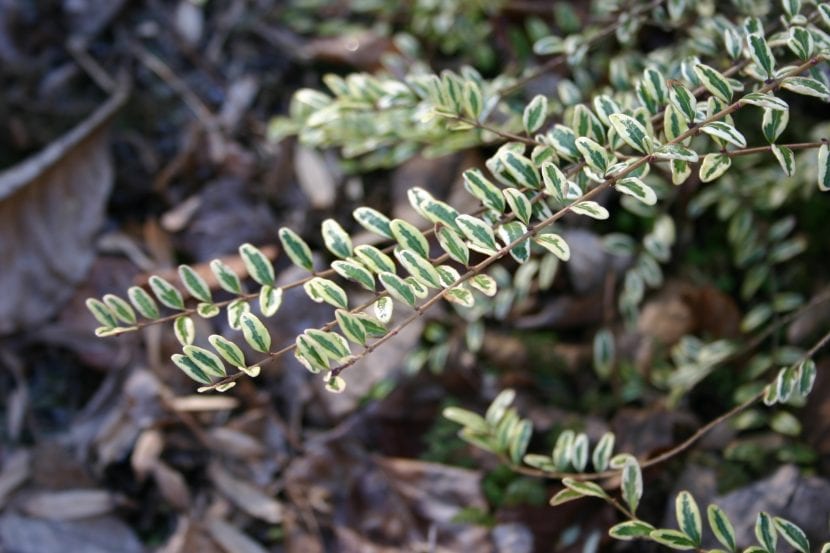
Image - Wikimedia / SB_Johnny
What did you think of this plant? Have you ever seen it?